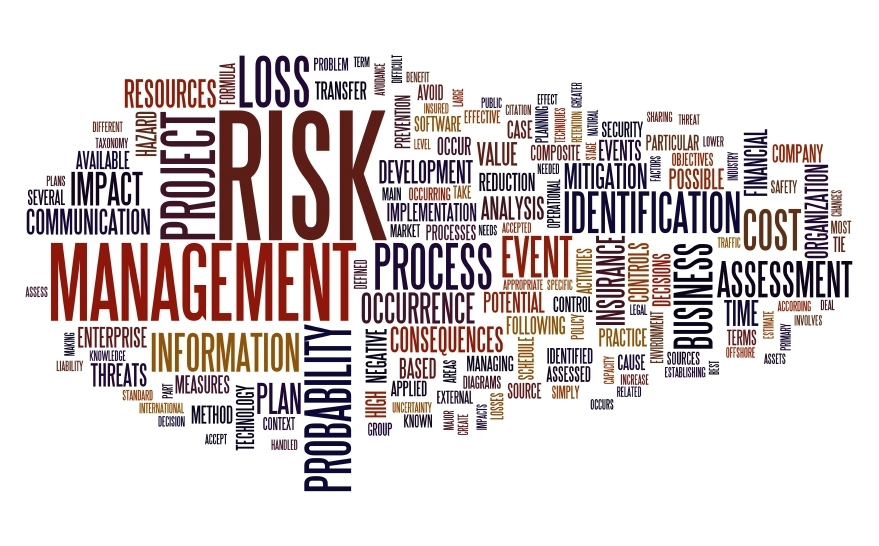There is nothing mysterious about this connection. The consumer that is in debt is a consumer that will not be contributing to the retail renaissance and will be continuously worried about the status of their job. At the moment 35% of the US population is in some form of debt collection and 77 million people owe at least $5,000. That is not a record level and is much improved from the days of the recession but it is still the highest level of debt among developed nations. The US consumer is always willing to use their credit to sustain their chosen lifestyle but when the average person is carrying that much debt they are hardly free to spend and that affects the plans of the retailer. As in every other situation there is a significant difference in debt levels across the country. Some cities have far more in the way of debt burdened citizens than others.
Analysis: The least indebted city in the country is Minneapolis with just around 20% of the population in some form of debt collection. The other cities that rank high include Honolulu, Boston, Madison, Bridgeport, San Jose and Worcester. There are some things that these and other communities have in common and it is not that people living here are more resistant to debt. These are cities that have seen better than average growth and have seen better hiring numbers than others. There are many of these cities that are part of the tech revolution and that has been good for their economies. Minneapolis is at the forefront of the medical community and many of the others are concentrations of tech development. The cities that are in the worst shape are not necessarily the poorest as the people living in Detroit and Compton are not able to get much access to debt in the first place. The cities in distress are the ones where people were accessing lots of debt in the past and now struggle to pay it back Miami, Phoenix, Las Vegas and Los Angeles are high on the list of debt-burdened populations.
Source: Dr. Chris Kuehl, Armada Corporate Intelligence























Trackbacks/Pingbacks